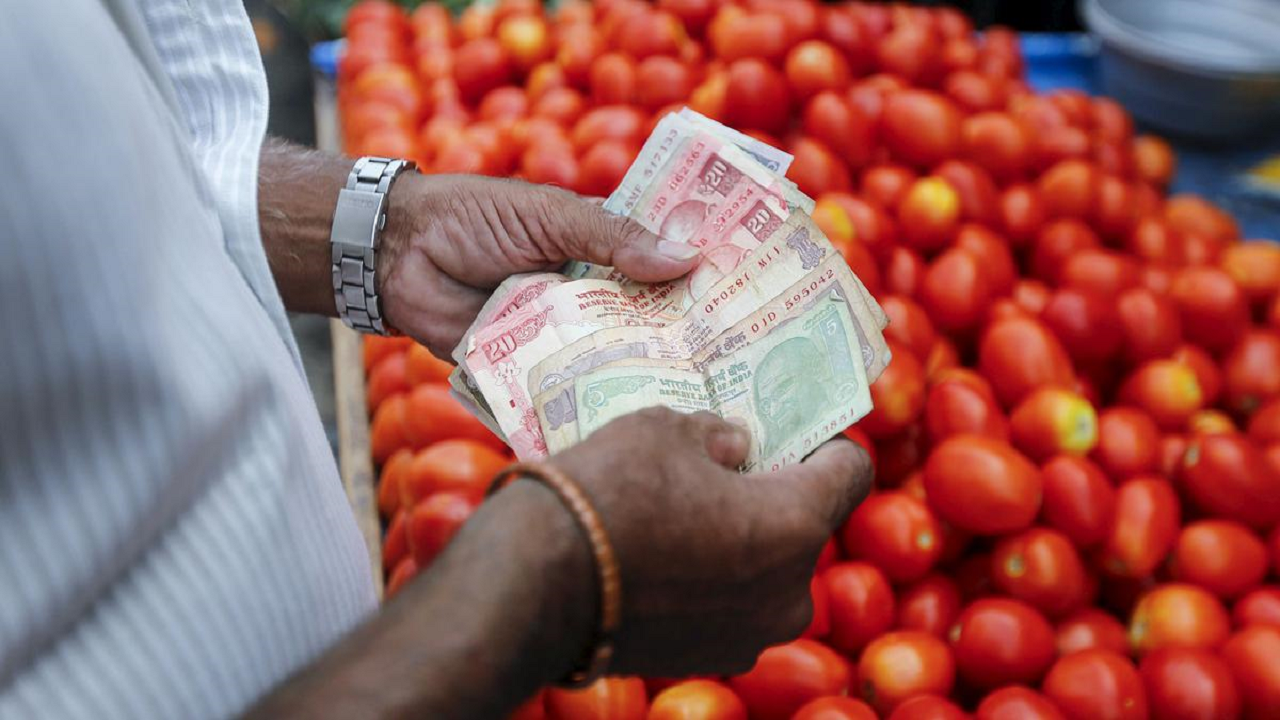
On Tuesday, the Finance Ministry reaffirmed that negative consequences to this year's official 6.5% GDP growth prediction take over upside risks, as the possibility that El Nino settings will cause drought, as well as geopolitical development and worries about the stability of the global financial system, could affect the favourable amalgamation of anticipated inflation and growth results.
According to the Ministry's monthly economic analysis, the OPEC+ group's unexpected production cut has caused oil prices to increase in April from their lows of the low $70s per barrel in March. "Additional financial problems in developed countries might make investors more risk averse and restrict capital flows. El Nino predictions have, on the margin, increased the dangers to Indian monsoon rains, it was highlighted, highlighting the necessity of being alert to these potential risks.
The Ministry of Agriculture stated that a vaccination campaign launched by the government in December is anticipated to stop the disease's spread and boost milk production, even as a general decline in inflation would lower the cost of fodder and transportation.
The Ministry made the case that slower global trade and growth were anticipated to both undermine and enhance India's external sector's stability and that reduced exports might cause the Current Account Deficit (CAD) to increase. However, a slowdown in the global economy may also result in lower import values as a result of falling commodity prices, which would aid in reducing the CAD.
The two opposing effects have so far had a net positive effect on narrowing the CAD. The external sector of India has become more stable as a result, it was noted.
The ministry noted that inflationary pressures had decreased, as evidenced by core inflation slowing to a 23-month low of 5.7% in March and the sequential uptick being at its weakest level since June 2022. However, the ministry issued a warning that volatile crude oil prices and limited supplies of milk and wheat could have an impact on the inflation trajectory.
The Ministry observed that the expanding supply-demand gap has kept milk inflation high for several months. It also mentioned that the Lumpy Skin Disease, which killed millions of cattle in late 2022, had a negative impact on supplies despite rising feed and transportation costs.
Despite the fact that the second advance evaluation predicted the greatest foodgrain making, it cautioned that crop damage because of hailstorms and unseasonal rains in several regions of the country may limit the production of wheat in addition to delicate goods like vegetables and fruits.









